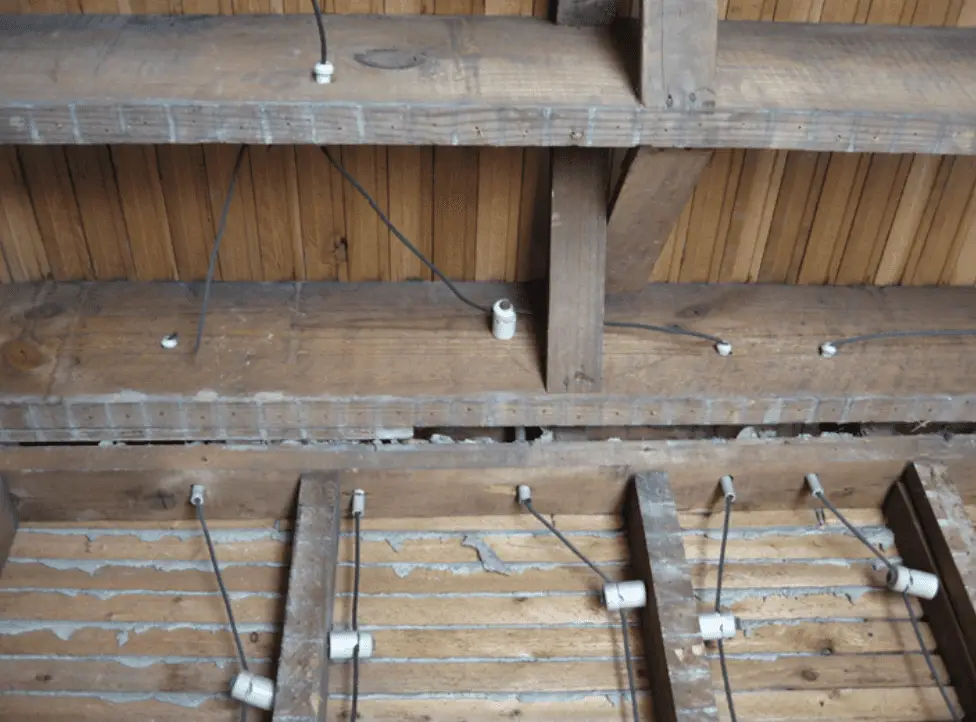Do you already have a home with knob-and-tube wiring ( also known as “K&T”) and need to understand the safety concerns? Or do you want to know what to look for before buying an older home? Luckily, you don’t need to become a home wiring expert to learn how to spot the red flags and make educated decisions.
Owning an older home definitely has its benefits (workmanship, design details, etc). However, older utility infrastructure isn’t always ideal. And the electrical wiring can be a little bewildering, particularly for DIYers who aren’t familiar with the history and evolution of home wiring.
Rather watch than read? Check out this 8-minute video
History: How Our Electricity Usage Has Evolved
Electrical wiring in the U.S. has come a long, long way! In fact, the first national electric codes were established about 120 years ago. Since then, our daily electricity usage habits have changed significantly, from the types of devices we use to the ways we use them.
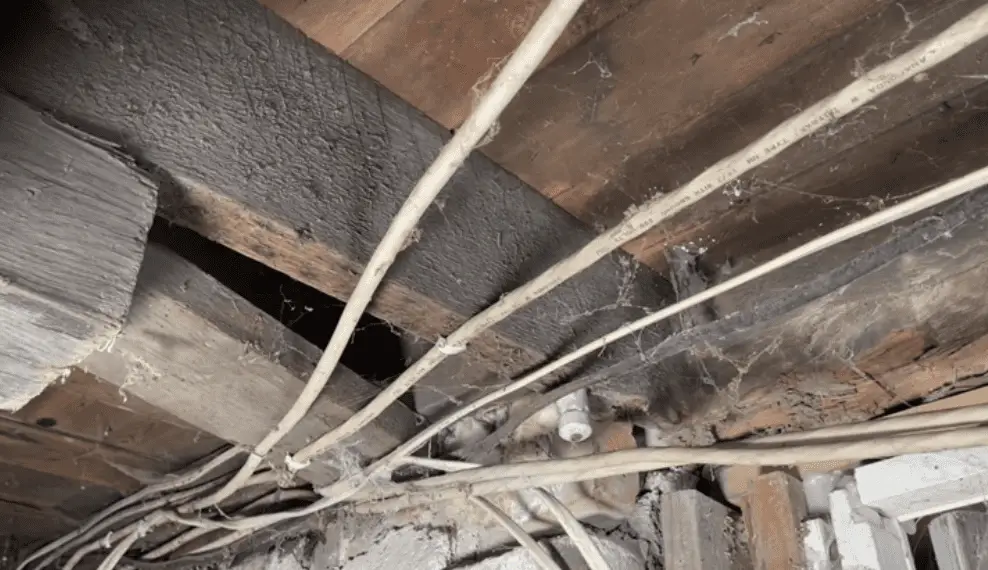
In many ways, we’re more efficient today. For example, LED lighting uses a fraction of what old-fashioned incandescent lights used. However, we’re also adding more things to our lives that use electricity, and many of them are power-hungry.
When the first power lines were being strung up across the country in the late nineteenth century, it was common to have a few electric lights, a toaster, and a tea kettle in any given “electrified” household. Throughout the better part of the last hundred years though, our thirst for more power has been steadily increasing.
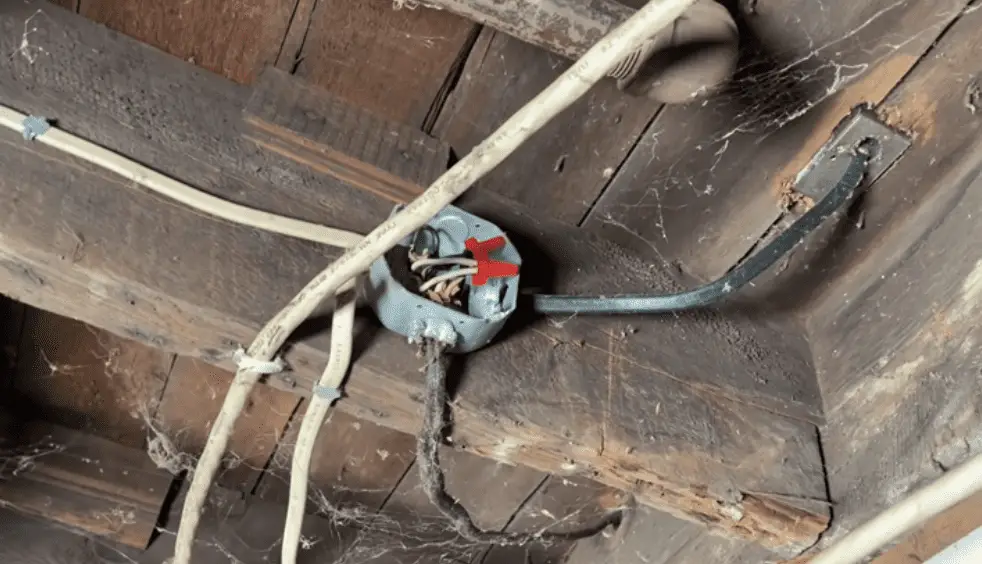
Today, we have electric ovens, clothes dryers, and central air conditioning that use a lot of electricity. And with many folks transitioning to electric vehicles you can add an EV charging station to the list. Now, it’s important for a home’s electrical system to meet our growing needs. This is why obsolete wiring like knob-and-tube is typically insufficient.
Knob-and-Tube: What is it?
If your home is 100+ years old, it’s likely that it is (or once was) wired with K&T. Once the dominant method used in North America during the late nineteenth and early twentieth centuries, knob-and-tube is now an obsolete ungrounded system of wiring homes for electricity.
But what is knob-and-tube wiring exactly? K&T uses an open-air system of individual hot and neutral conductors suspended in wall and ceiling cavities. The conductors are copper sheathed in a layer of protective insulation that consist of cloth filled with asphalt – and later with natural rubber.
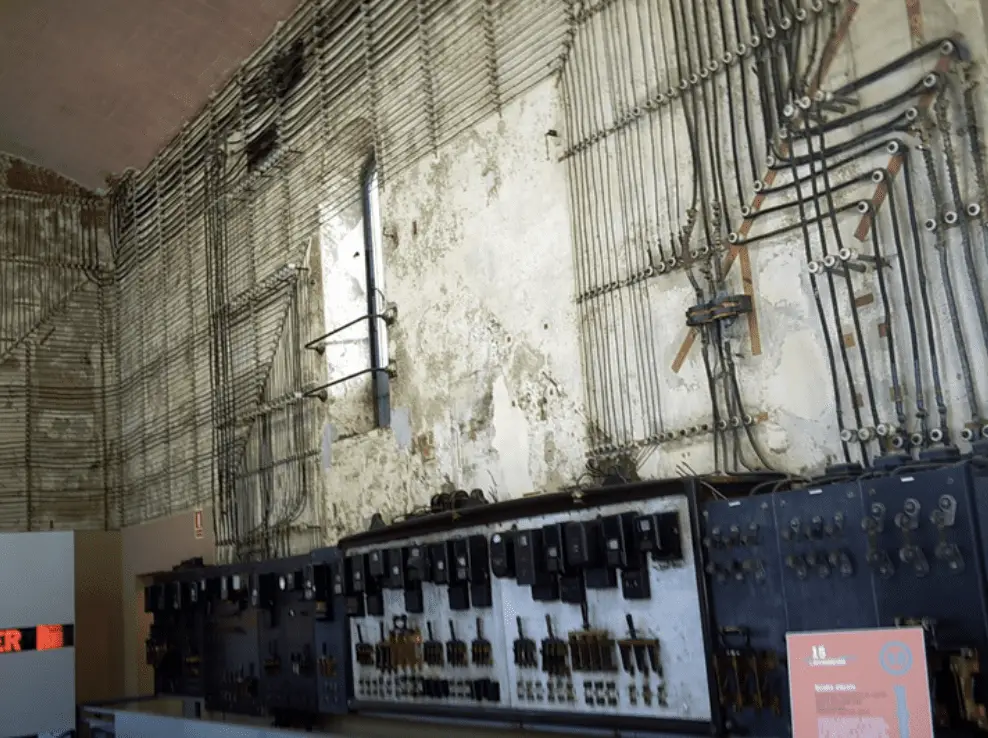
Porcelain Knobs
Porcelain “knobs” were used to hold wires down, and to stand them off from the combustible wooden framing members they were attached to. Similarly, porcelain “tubes” were inserted into holes drilled through framing to insulate the conductors which passed through.

Two Piece vs. Single Piece Design
Some knobs are a two-piece design which sandwich the wire in a groove between the two halves, while others are a single piece with a groove around the circumference, and tie wires to hold the conductors in place. Nearly all connections have the protective insulating tape made of asphalt or rubber-filled fabric.
Studs, Joists, Rafters
Hot and neutral wires typically run along opposite-facing studs, joists, or rafters in a wall, floor, or ceiling cavity. They then come together near the center – wherever there’s a device installed. Receptacles connected to K&T will always be ungrounded (no third prong). However, the presence of ungrounded receptacles alone doesn’t necessarily mean the wiring is K&T.
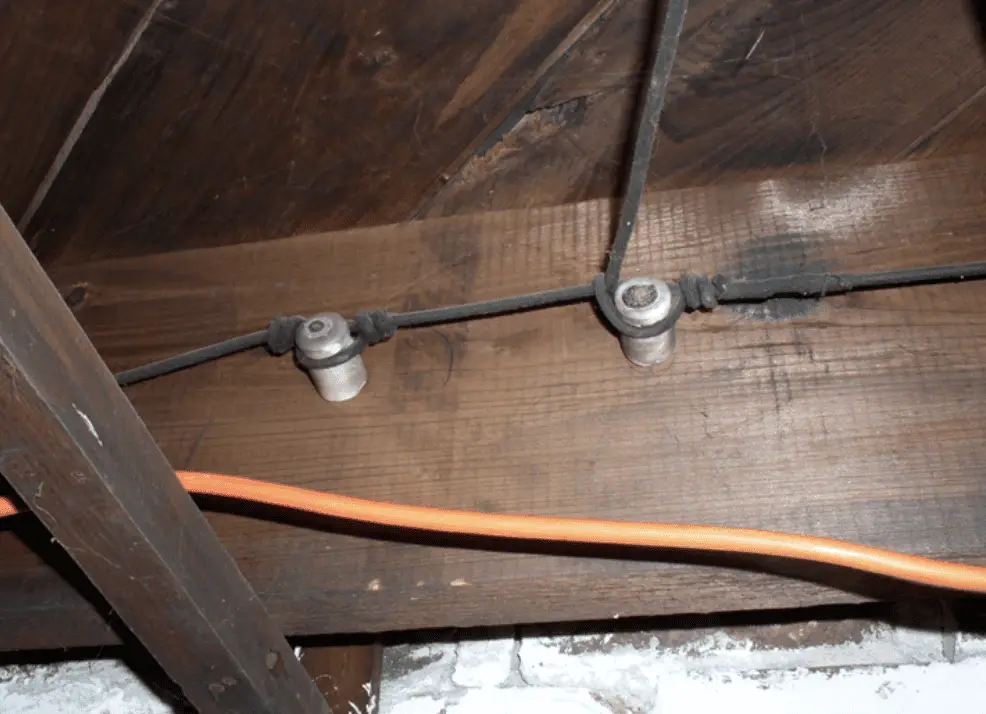
Fuse boxes original to K&T installations were typically porcelain fuse holders with exposed connection terminals, holding two to four screw-in fuses.
The Cons: What Makes it Unsafe?
Nowadays, K&T wiring is inherently unsafe. This is because it contains no ground. Without a separate ground wire protecting a circuit, the likelihood of electric shock increases.
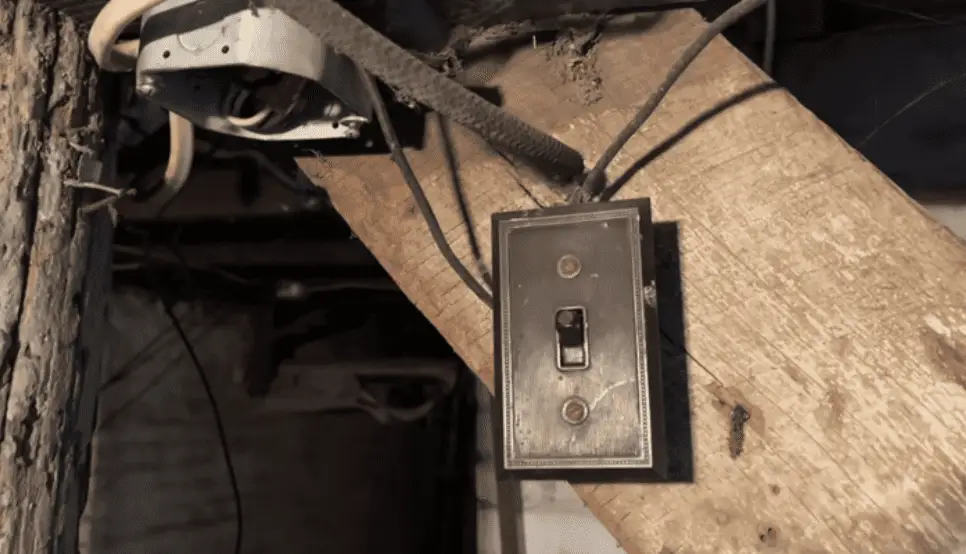
K&T wiring needs to have air space for the conductors to dissipate heat. Why? The current traveling through them causes them to warm up. And any wall insulation which surrounds the conductors will cause this heat to become trapped and is a significant fire hazard. This prevents many homes with K&T from being more efficient with the addition of blown-in insulation.
The natural asphalt and rubber insulation used tends to dry out, break down and crack over time. In some instances, it can flake or fall off leaving live conductors exposed.
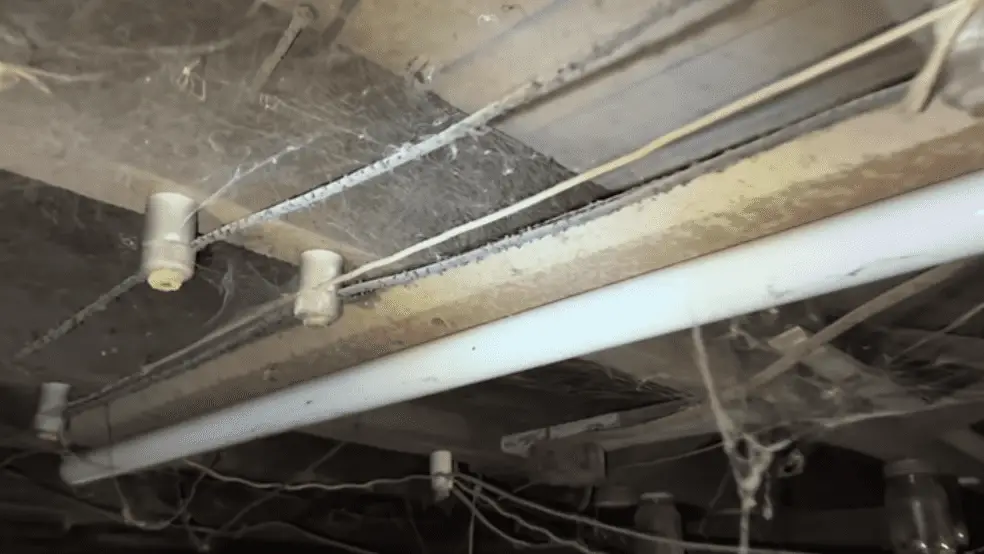
Circuits in K&T wiring are undersized for most modern uses by their specification. Each carries no more than 10 amps, with a maximum of 60 amps for an entire residential service.
To put this in perspective, most residential service panels are for 100 or 200 amps. And most jurisdictions by code no longer even allow new service installations of lower than 100 amps.
One of the most significant safety is the neglect and mistreatment of the wiring and improper repairs, splices, and extensions. Sometimes new cabling and fixtures splice into old K&T wiring, which puts more stress on an already fragile system.
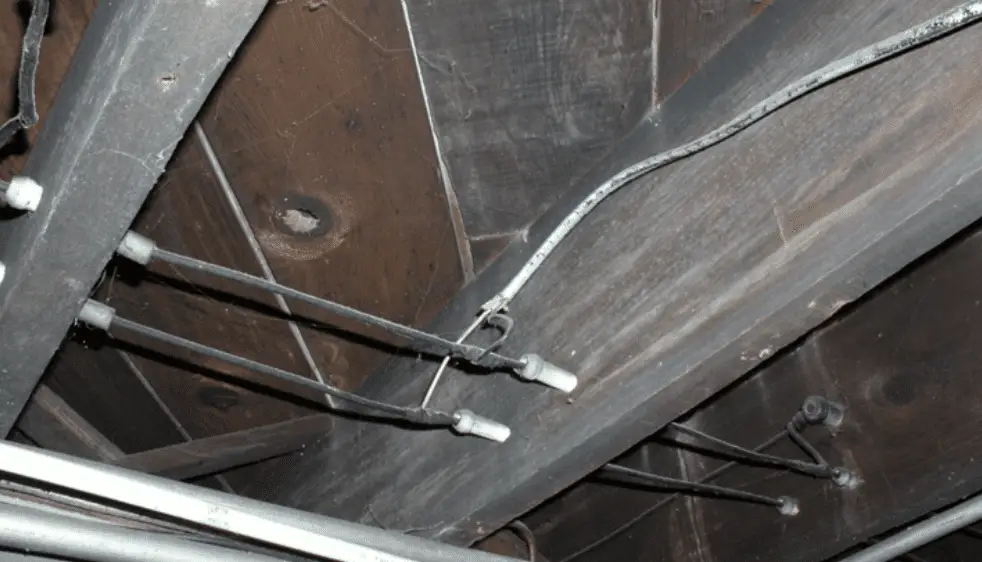
Because improper modern additions to old K&T installs are so prevalent, insurers largely consider homes with K&T to be in a much higher risk pool. This is not to say that a home with K&T is inherently uninsurable, but insurance may be harder to find, more expensive, or even drop your coverage if you don’t rewire your home within a short period of time.
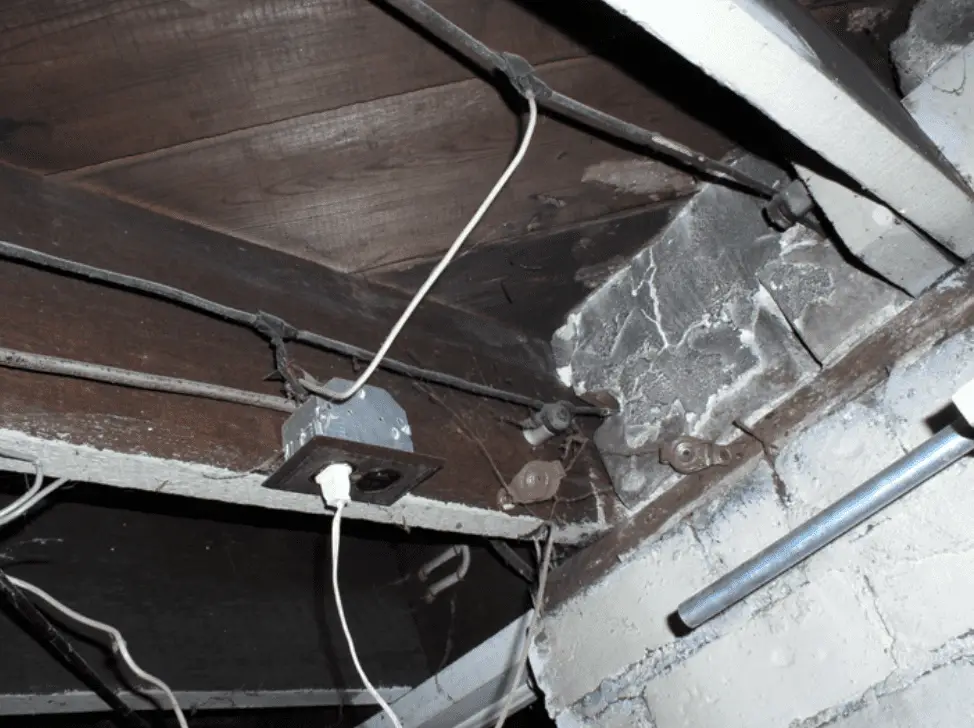
The Pros: Is There Anything Good About it?
It’s hard to say a lot of positive things about K&T! But the good news is that if it’s in good shape it poses little risk. The restrictive 10-amp circuit limit notwithstanding, a properly maintained knob-and-tube installation can continue to operate safely for many years.
Although the insulation is likely to eventually break down, the porcelain components and copper conductors can last near indefinitely. And as long as the system isn’t modified, minor repairs are generally OK.
While modern electric code disallows new installations of K&T, there is nothing explicitly requiring its removal or replacement unless there’s damage/improper code/etc.
Also, because K&T installation is away from the studs and framing members they travel along, it’s unlikely to accidentally pierce a conductor with a nail. However, this benefit doesn’t outweigh the many other negatives and general safety concerns.
Replacement and Upgrade Options and Costs
The way you’ll replace or update an existing K&T system varies with local building codes. Though there are many finer points specific to different areas of the country, these tend to fall into two types:
Full Replacement vs. Partial Replacement:
- Full Replacement: You’ll take all existing K&T out of service and replace it with an entirely new service panel. Modern wiring, such as sheathed (Romex) cable rewires all parts of the system and ever fixture.
- Partial Replacement: Typically, this involves only a “replace what’s accessible” approach. The service panel and all accessible wiring will be upgraded and replaced as with a full replacement. Note: new wiring has to be (properly) spliced into the old K&T sections that run through enclosed wall/ceiling cavities.
Either replacement approach can be costly, here’s what to consider:
- Whether you’re fully or partially replacing a home’s K&T wiring, generally you’ll need an upgrade to the service panel. This is one of the most critical parts of any electrical system. Expect a new 150- or 200-amp service to cost $2,000-$4,000.
- It’s often also necessary to replace exterior components of the system. Generally, the homeowner is responsible for everything from the point where the power company’s wires attach to the building.
- You need to replace or remove any two-prong (ungrounded) receptacles and likely many switches and unsafe fixtures. Often rooms will require additional receptacles in order to meet code. Both of these factors will of course contribute additional cost.
- Ultimately, the cost to replace some/all of a home’s interior wiring varies. Factors include: price of copper, cost of labor, and the number, length, and complexity of circuits. Costs can range from $3,000 to $10,000.
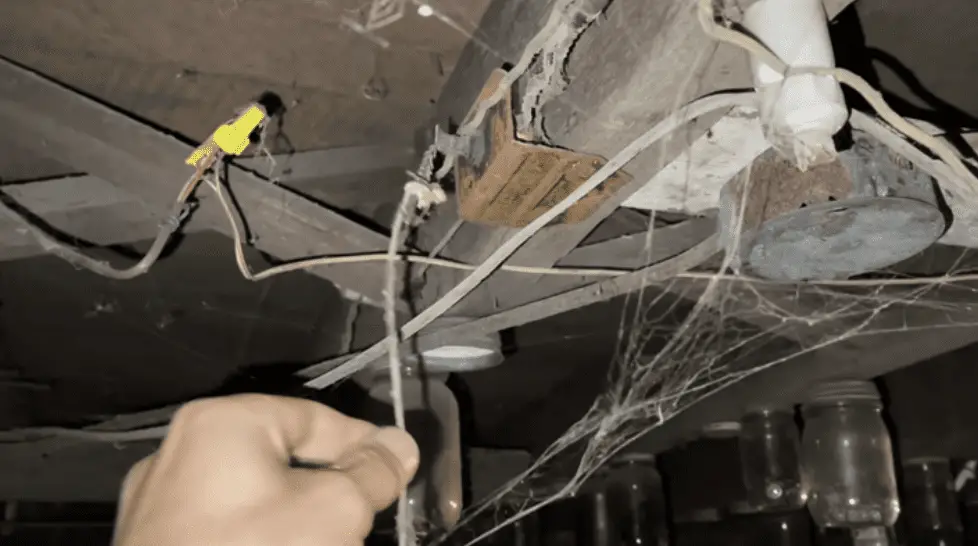
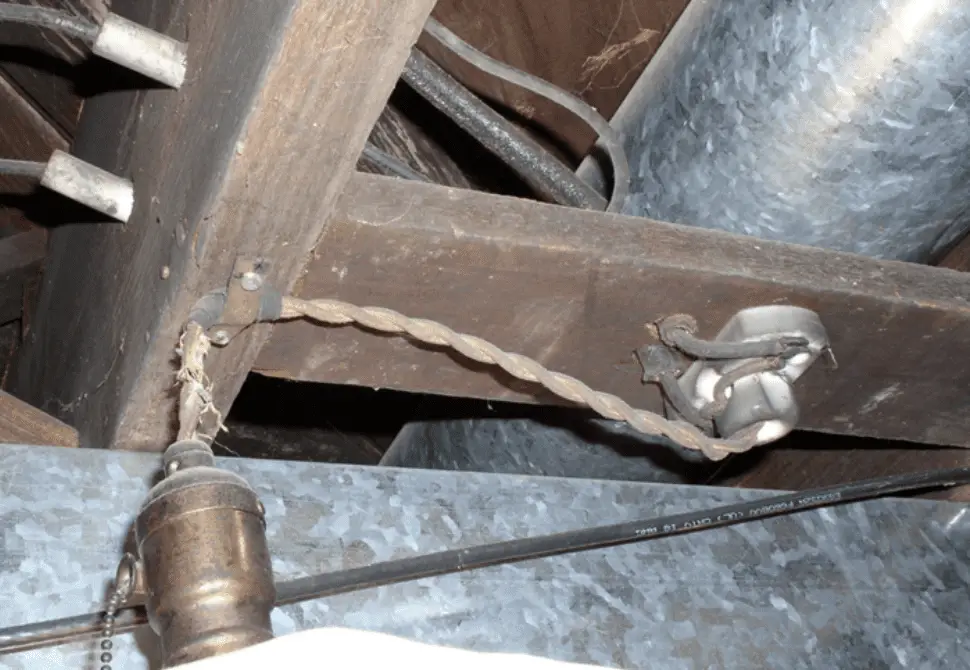
Tips and What to Look Out For
It’s important to remember that when inspecting or servicing any electrical system, it’s vital to work with the power off. For the most part, hiring a licensed electrician is the safest option when it comes to K&T.
If you own or are looking at purchasing a home with K&T, here are a few things to look out for:
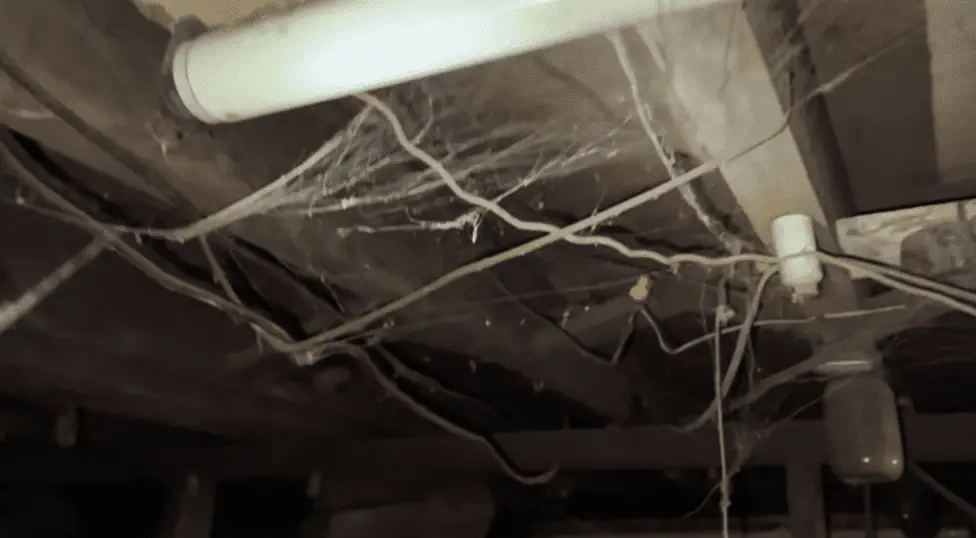
- Sagging wires and deteriorated insulation are signs of an abused or over-stressed system.
- Sloppy splices with modern (Romex) wiring are a cause for concern. Expanding on an already low capacity (10 amp) system adds stress and fire risk.
- K&T wiring into modern metal junction boxes with no protective bushing = a risk of the conductor shorting out against the box. This could create a shock hazard through any touching metal.
If you are viewing an older home which may contain K&T wiring:
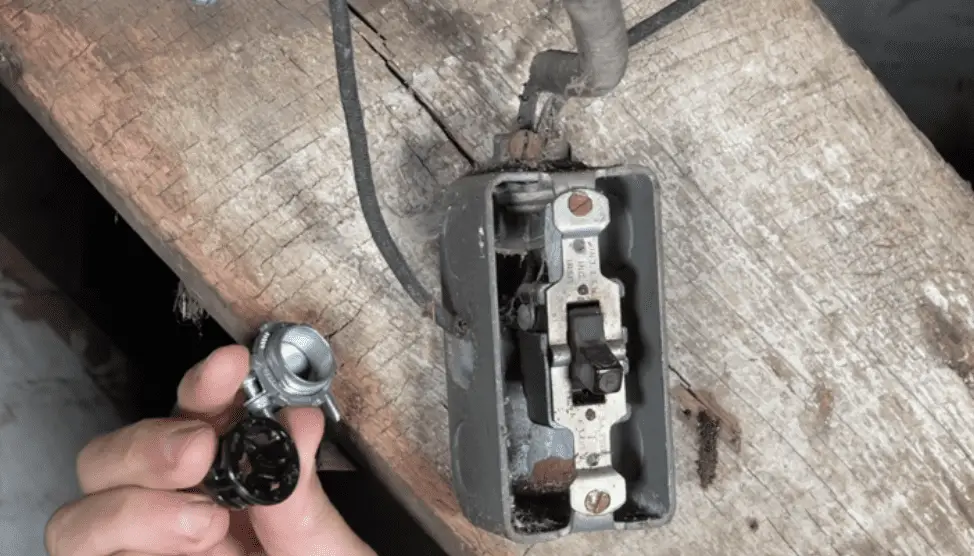
- Do you think your home once had K&T? Are there updates with something new? Try to determine whether it was a full replacement, or a partial/hybrid replacement. Look for connections between old and new wiring near the panel and/or in unfinished basements. Pro tip: take a close look especially along the perimeter and below first floor walls.
- Bring a non-contact voltage tester. And check for any energized K&T. Remember that only one of the two conductors running parallel to each other is hot. Just because you find non-energized K&T exposed – doesn’t mean there couldn’t be some still in use inside walls. It could even be in other places where you can’t see it.
- Suspect K&T is still in use? Look for grounded outlets. This indicates a replacement. (Though, new outlets may not have connection to ground. Check this easily with an outlet tester.)

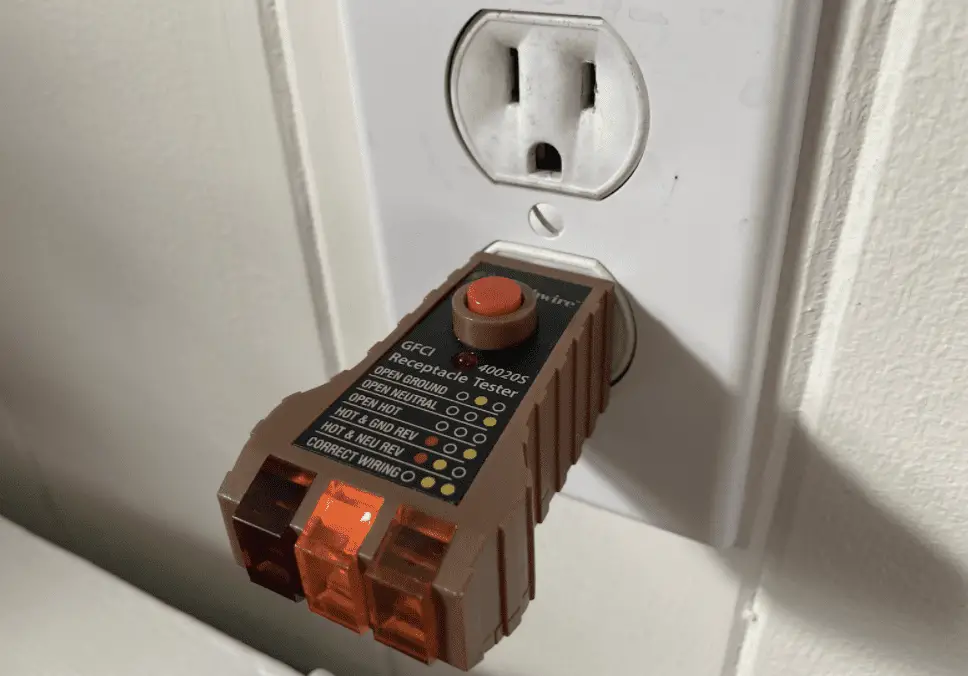
If you have K&T wiring still in use in your home, here are a few things you can do:
- Take care of it! Avoid touching or bumping into exposed wires which can deform/bend them into combustible surfaces like wood.
- Install GFCI receptacles. This work is usually best for a professional electrician. In some jurisdictions, it’s acceptable to install GFCI receptacles as replacements in K&T installations. They provide a means of protective ground without an actual equipment ground (physical ground wire).
The Wrap Up
Is it a dream to buy a home with K&T Wiring? Not necessarily! But it doesn’t have to be a nightmare as long as you’re careful and know what to look for. Be conscious of your particular situation (or the one you’d be getting into) and consider the options and costs. And of course, always keep safety at the forefront.
